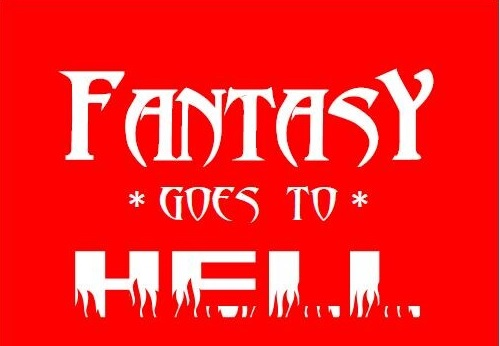Loading...
Event Website
https://www.mythsoc.org/oms/oms-2023.htm
Start Date
8-5-2023 12:00 PM
End Date
8-5-2023 12:50 PM
Description
Carl G. Jung’s conception of the human psyche as an inner realm that gives access to profound, numinous experiences inspired many artists and popular culture authors to portray heaven and hell as symbolic expressions of the opposite forces within the human psyche rather than cosmological or supernatural regions. In my paper, I will concentrate on how the Hollywood film Jacob’s Ladder (1990) directed by Adrian Lyne, by portraying the main character’s descent into a deathbed vision depicted as hellish reality, reflects Jung’s theory of individuation, a process of self-realization that aims at reconciling various elements of the psyche and achieving wholeness. To this end, I will first demonstrate how the film reflects Jung’s considerations on myths as carriers of the unconscious contents. Next, I will analyze film techniques whereby the narration conveys the infernal dimension of the main character’s vision as a manifestation of his inner conflicts and traumas. In the final part, I will focus on how the protagonist overcomes them and discuss therapeutic aspects of his journey by taking a Jungian perspective.
Creative Commons License

This work is licensed under a Creative Commons Attribution-NonCommercial-No Derivative Works 4.0 International License.
Included in
Children's and Young Adult Literature Commons, Comparative Literature Commons, Digital Humanities Commons, European Languages and Societies Commons, Literature in English, Anglophone outside British Isles and North America Commons, Literature in English, British Isles Commons, Literature in English, North America, Ethnic and Cultural Minority Commons, Medieval Studies Commons, Modern Languages Commons, Modern Literature Commons, Other English Language and Literature Commons
Infernal Landscape in Jacob’s Ladder (1990) in Light of Carl G. Jung’s Theory of Individuation
Carl G. Jung’s conception of the human psyche as an inner realm that gives access to profound, numinous experiences inspired many artists and popular culture authors to portray heaven and hell as symbolic expressions of the opposite forces within the human psyche rather than cosmological or supernatural regions. In my paper, I will concentrate on how the Hollywood film Jacob’s Ladder (1990) directed by Adrian Lyne, by portraying the main character’s descent into a deathbed vision depicted as hellish reality, reflects Jung’s theory of individuation, a process of self-realization that aims at reconciling various elements of the psyche and achieving wholeness. To this end, I will first demonstrate how the film reflects Jung’s considerations on myths as carriers of the unconscious contents. Next, I will analyze film techniques whereby the narration conveys the infernal dimension of the main character’s vision as a manifestation of his inner conflicts and traumas. In the final part, I will focus on how the protagonist overcomes them and discuss therapeutic aspects of his journey by taking a Jungian perspective.



Comments
SESSION II
12:00 Noon—12:50 PM Eastern
11:00 AM—11:50 Central
10:00 AM—10:50 Mountain
9:00 AM—9:50 Pacific
4:00 PM—4:50 GMT